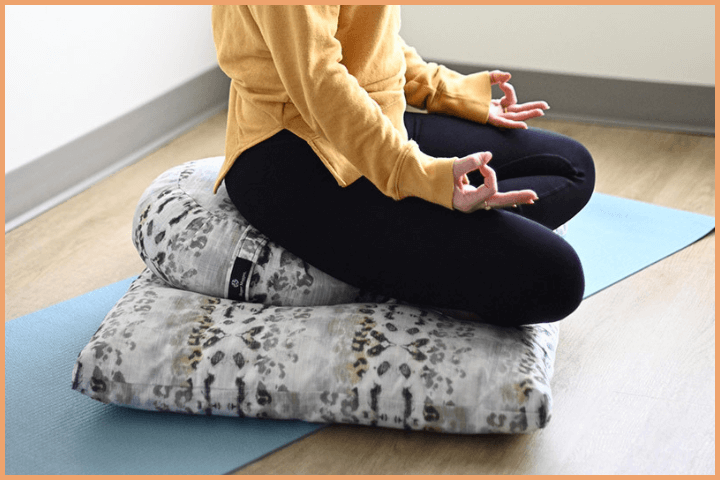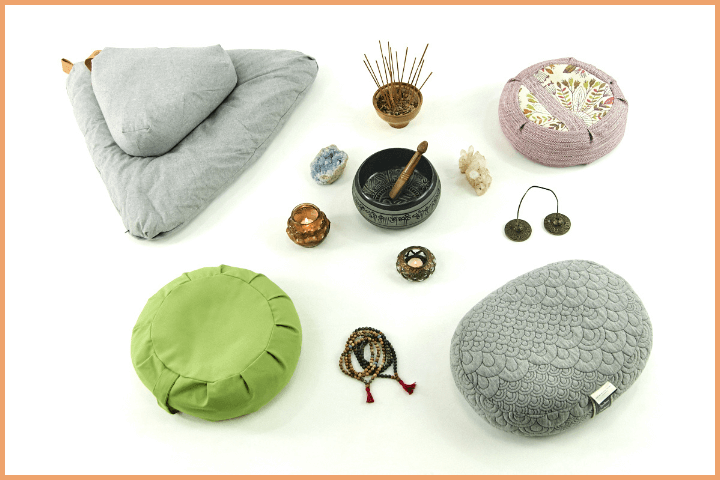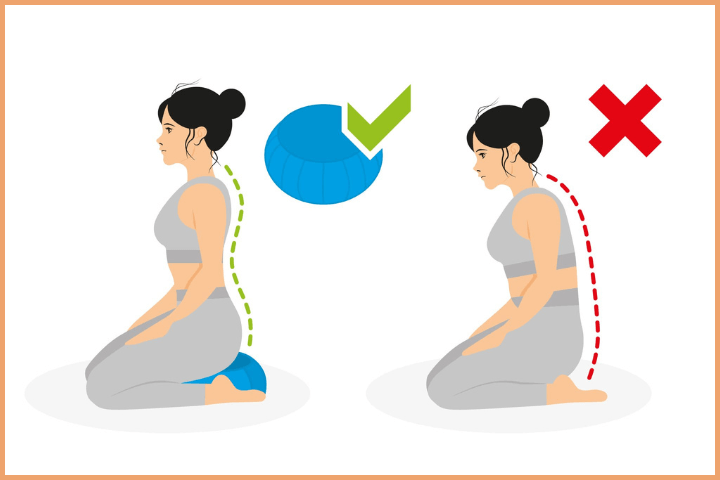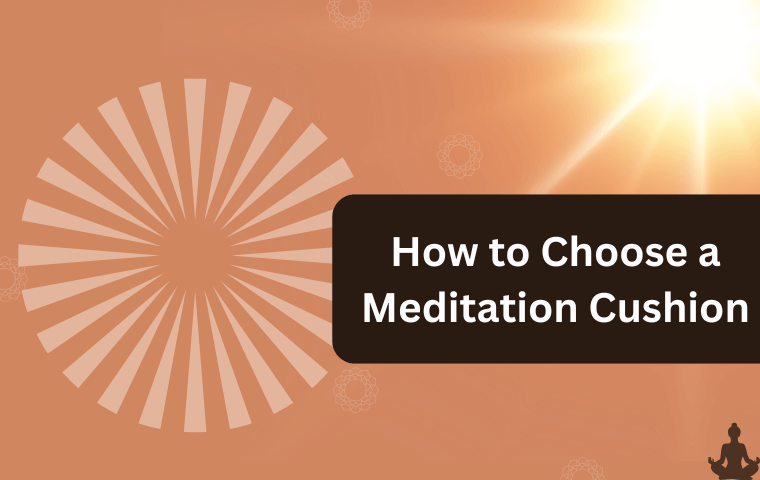Meditation is a transformative practice that enhances relaxation, concentration, and mindfulness. However, achieving a comfortable and sustainable posture during meditation can be challenging without the right support. This is where a meditation cushion becomes essential. If you’re wondering how to choose a meditation cushion that suits your needs, this guide will walk you through the benefits, types, and key factors to consider, ensuring your meditation sessions are both comfortable and effective.
Why Do You Need a Meditation Cushion?

The human body is not designed to sit perfectly still for long periods. Without proper support, your body may begin to sink into an uncomfortable position, causing discomfort in areas like your back, hips, knees, and legs. A meditation cushion provides the necessary support to align your body correctly and reduce the strain on your joints. It helps create a firm yet comfortable foundation, improving your posture and making it easier to maintain focus during meditation.
Using a meditation cushion can make your sessions more enjoyable and help you achieve a deeper, more peaceful meditation experience. Whether you’re sitting cross-legged, kneeling, or lying down, the right cushion can significantly improve your comfort.
What Are the Different Types of Meditation Cushions?
Meditation cushions come in various types, each crafted to support different postures and individual needs. Here are some of the most common options:

- Zafu Cushion – Taller Zafus are great for people with tight hips, while shorter ones are better for those with more flexibility.
- Zabuton Cushion – This cushion is ideal for anyone practicing sitting meditation.
- Meditation Bench – If you’re new to kneeling postures, a meditation bench may be a great option.
- V-shaped Cushion – It’s ideal for people who have difficulty sitting cross-legged and prefer a different sitting posture.
- Round Bolster – You can use it for sitting and lying down meditation sessions.
- Square Cushion – A square cushion is larger than the Zafu and works well for multiple sitting positions, including cross-legged and kneeling. It’s generally firmer and provides stable support.
How to Choose the Best Meditation Cushion for You
With an understanding of the different types of cushions, here are key factors to consider when selecting the best one for your practice:
1. Consider Your Meditation Style
- Cross-legged: If you meditate in a cross-legged position (padmasana), a Zafu or V-shaped cushion is a good choice.
- Kneeling: If you prefer kneeling, opt for a meditation bench or a round bolster.
- Varied Positions: For those who switch between different positions, a versatile cushion like a square cushion or Zafu with a Zabuton may be best.
2. Think About Your Body Needs
Consider your flexibility and any areas of discomfort. For tight hips or lower back pain, opt for a cushion that raises your hips to enhance posture and alleviate strain. Also, the firmness of the cushion is crucial; it should offer support without being too hard or too soft.
3. Choose the Right Material
Meditation cushions come in different materials, such as buckwheat hulls, kapok (a cotton-like fiber), and foam. Each has its unique benefits:
- Buckwheat Hulls: Firm and moldable to fit your body’s shape.
- Kapok: Softer and lighter than buckwheat, providing a cushier feel.
- Foam: Offers consistent support but may not mold to your body as well as buckwheat or kapok.
4. Durability and Maintenance
Many cushions come with removable covers for easy cleaning. Look for one with a washable cover, especially if you plan to use it regularly. Buckwheat-filled cushions may require occasional refilling to maintain their firmness.
Do You Really Need a Meditation Cushion?
While meditation cushions are not essential for everyone, they can enhance your practice by offering better posture, reducing discomfort, and helping you stay focused for longer periods. If you find yourself constantly shifting or feeling uncomfortable during meditation, a cushion may be worth considering.

To determine if a cushion is right for you, try meditating with and without one. Pay attention to how your body feels during and after your session. If the cushion improves your comfort and focus, it may be a good addition to your practice.
How to Integrate a Meditation Cushion into Your Practice
Once you’ve chosen the right cushion, here are a few tips for incorporating it into your routine:
1. Create a Comfortable Space
Set up a quiet and peaceful area for meditation. Place your cushion in a corner or on a soft mat, and surround yourself with calming elements like candles or plants.
2. Start with Short Sessions
If you’re new to using a cushion, begin with short sessions, gradually increasing the duration as your body gets used to the new support.
3. Listen to Your Body
Pay attention to how your body feels. If you experience discomfort, adjust your posture or try a different cushion. Your comfort is key to a successful meditation practice.
4. Care for Your Cushion
To ensure your cushion lasts, follow the care instructions. Wash the cover regularly and check the filling to ensure it remains firm and supportive.
Elevating Your Meditation Experience with the Perfect Cushion
Choosing the right meditation cushion can improve your practice by providing comfort, support, and better posture. Whether you’re sitting cross-legged or kneeling, the right cushion can help you meditate for longer periods without discomfort. Experiment with different types of cushions and materials to find the one that works best for you, and soon you’ll be able to meditate with ease and comfort.

